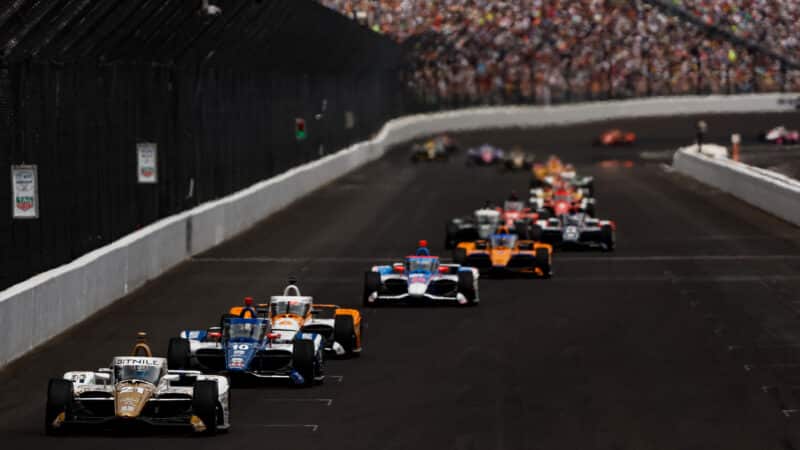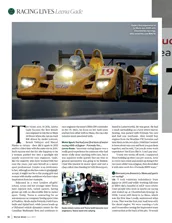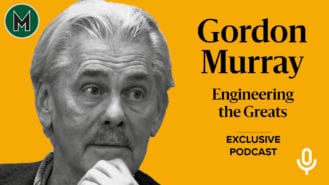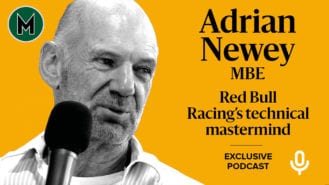IndyCar legend Scott Dixon has previously made the case that oval racing is a unique discipline in itself, and this is something Gade found first time during her time in the States, first at Phoenix and then Indianapolis.
“With oval racing, if you haven’t got any experience in it, you have to learn what kind of changes you make, and then sort of what impact they have,” she explains
“Track racing to some extent is very forgiving. So if you make a toe change, for example, you can be a little bit out and the car is relatively forgiving, the driver can adapt to it quite quickly.
“But with oval racing, if you get that slightly wrong – for example making a change even marginally bigger than 1mm or 2mm – the impact for a driver is huge, and it’s just massive on oval, it’s amplified way more.”
Gade emphasises how sensitive those working on an ovals have to be to the environment they’re working in.

James Hinchcliffe was eliminated from qualifying for the 2018 Indianapolis 500 while Leena Gade was on his engineering stand
Getty Images
This was evident earlier this year at IndyCar’s Texas round, when Josef Newgarden appeared fastest in cooler conditions but momentum swung towards Pato O’Ward whenever the sun emerged.
“A lot of oval racing is about what’s coming,” Gade says. “Knowing what ambient changes are coming along, so that you can adapt the car.
“It’s [the car] not always in the [optimum performance] window, it gets into the window at a certain phase of a race or a qualifying session. You’ve almost got to be able to know what to change to make that happen.”














